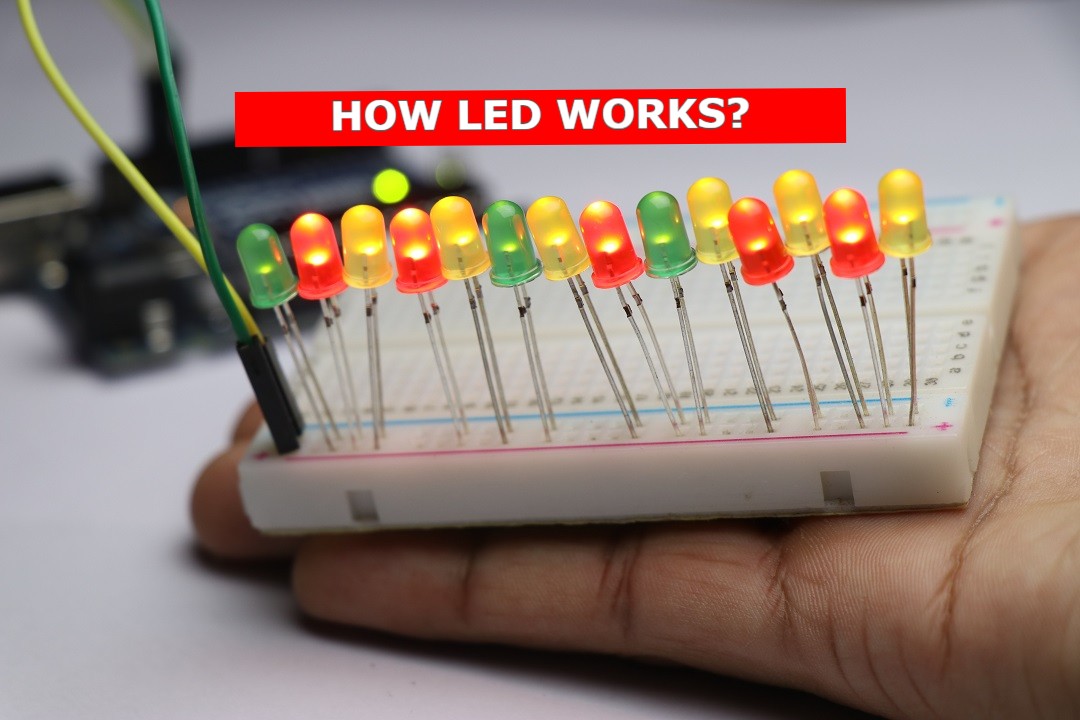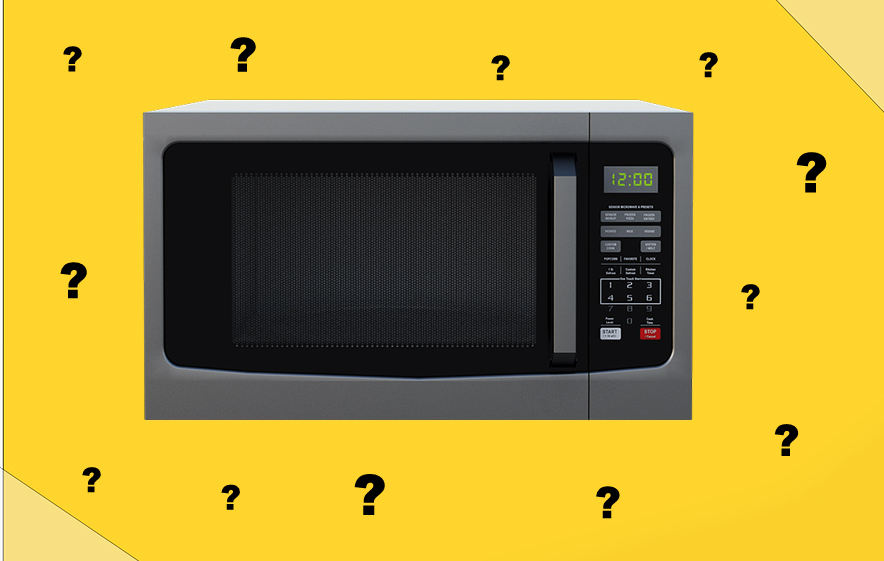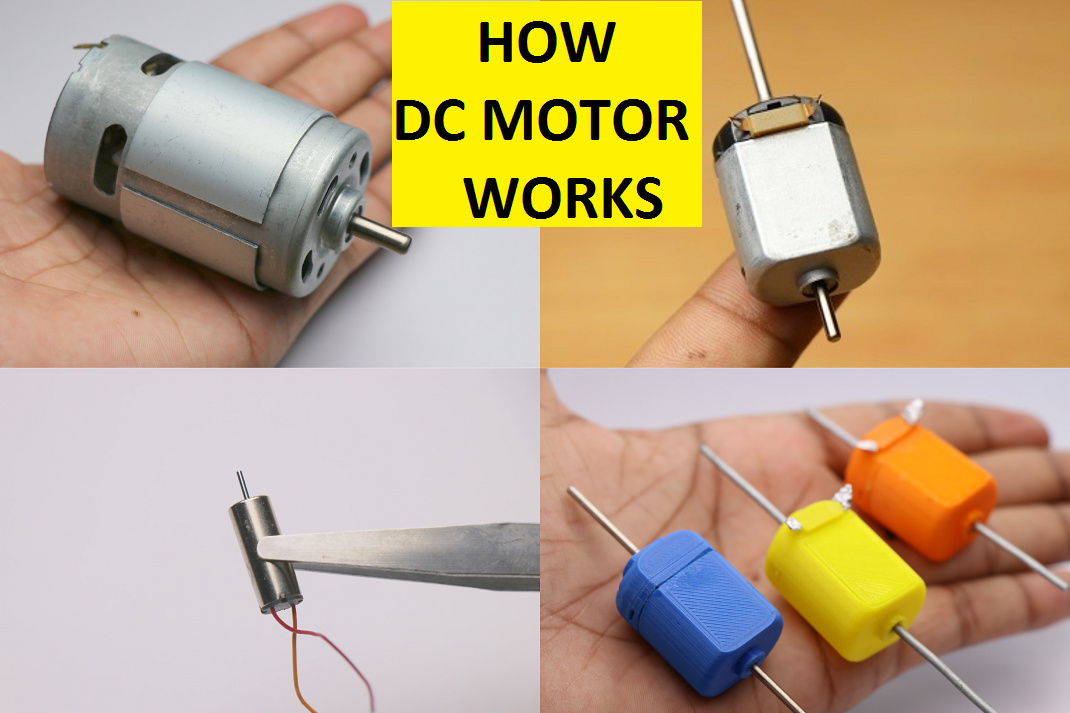How Does Transformer works
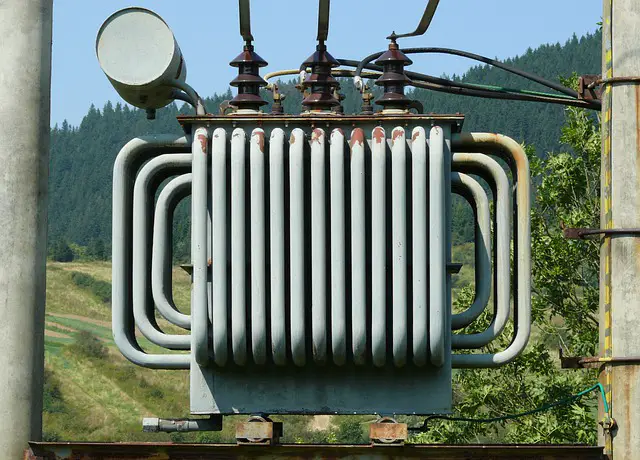
Before getting onto How Does Transformer works, we shall begin with brief description of transformer.
A Transformer is a static device comprising coils coupled through a magnetic medium Connecting two poles of different voltages in an electric system along the interchange of electrical energy amid ports in both the direction via the magnetic field.
The transformer is one of the most important component in variety of electrical circuits ranging from low power, low current electronic and control circuit to Ultra High Voltage power system.
Functions of transformers Working
- Changing voltage and current level in electric power systems.
- Matching source and load impedance for maximum power transfer in electronic and control circuitry.
- Electrical isolation.
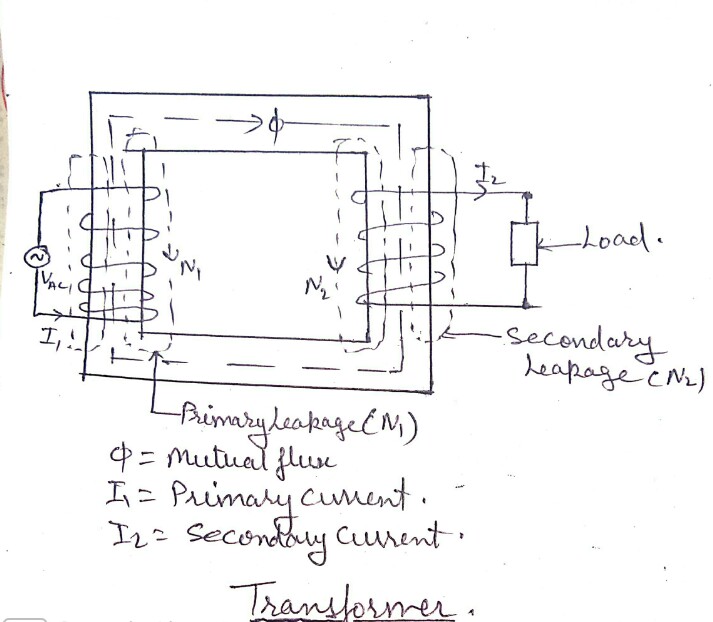
When the electric current passes through a long, hollow coil of wire there will be a strong magnetic field inside the coil and weaker field outside it
The lines of magnetic field pattern run through coil, spread out from the end, and go round to the outside and in at the other end as shown in figure above.
These are not real lines like the one you draw with pencil. They are lines that we imagine as in the sketch to show the pattern of magnetic field
The path in which a quantity of iron would be magnetize by the field
Because of strongest Field, the lines are most closely crowd. With a hollow coil the line form complete ring.
If there is an iron core inside coil would become magnetized, and seems to make the field become much stronger while the current is on.
Primary and secondary coils in Transformer
The iron core of transformer is normally a complete ring with two coils wound on it.
One is connect to a source of electrical power known as primary coil, the other supplies the power to load is secondary coil.
The magnetization due to the current in the primary coil run all the way round the ring.
The primary and secondary coils can be found anywhere in the ring because the iron carries the charges in magnetization from one coil to other.
There is no electrical connection between two collages however they are connect by the magnetic field in the iron core.
When there is steady current in primary there is no change in secondary but there is some action in secondary if current in primary is changing.
Which changing current in the primary induced and EMF (electromotive force) in the secondary. If the secondary connect to circuit then there is a current flow.
Note: If you want an info graphic on How Does Transformer works please comment below.
How Step up and Step down works in a transformer
A step- down Transformer of 1200 turns on primary coil connect to 240 volts AC will produce 2 volt A.C.
A Step-up transformer with 1000 turns on primary connect by 200 volt AC and 10,000 turns, Secondary will give a voltage of 2000 volt A.C.
The iron core being a crude secondary (like a coil of One Turn) and changes of primary current induced little circular voltage in the core.
Iron is a conductor and if iron core were solid, the induced voltage would drive wasteful secondary current in it (called Eddy Currents).
So the core will be made of very thin sheet clamp together, with the face of each sheet coat to make it a poor conductor.
The age of Shield can be seen by looking the at the edges of a transformer core.
What is Turn Ratio
Ratio of primary to secondary turns will be Turn ratio
Turn Ratio= N1/N2.
step-up transformer is when N2>N1
If N2<N1 the transformer is called step- down transformer.
Transformation Ratio
It is define as the ratio of no. of turns in the secondary winding to the no. of turns in the primary winding. It is denote by K.
Testing Methods of transformers
Polarity test
Determining relatively polarity of two winding of transformer two winding are connect in series across the voltmeter
And left over Windings is excite from suitable voltage source.
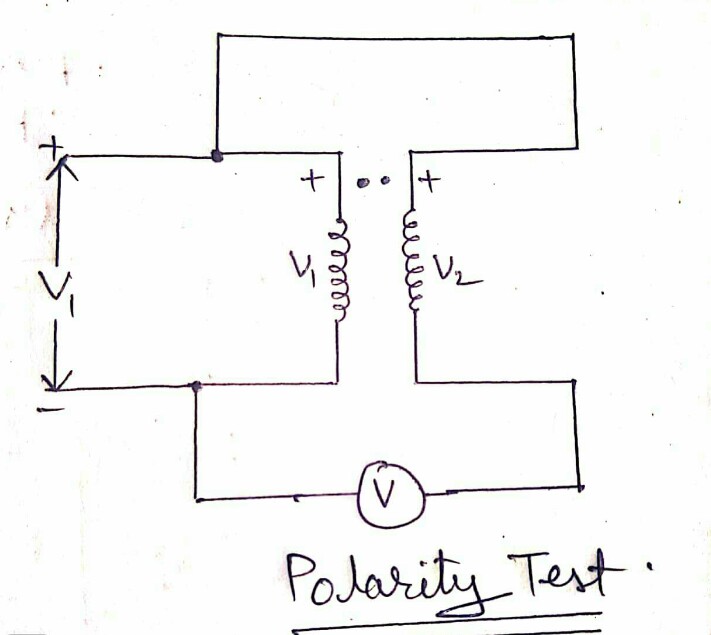
Open- circuit or no- load test
To determine the branch parameter of equivalent circuit of transformer one of winding will be connect to supply at require voltage while other winding are kept in open circuit.
From view of convenience and availability of supply, test is usually perform from LV side while HV side is open.
circuit as shown in figure.
The unknown transformation ratio can be determine by connecting voltmeter on HV side also in no load test.
It’s therefore seen that open circuit test kills value of core loss and parameter of shunt branch of equivalent circuit.
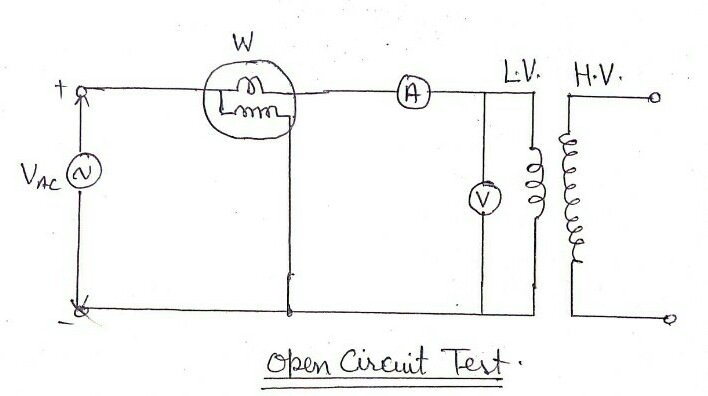
Short circuit test
This test serves purpose of determining the series parameter of transformer for the convenience of supply voltage and current to be handle
The test is usually conduct from HV side of Transformer while the LV side is short circuit as shown in figure.
It is to be seen that short circuit test has given as the equivalent resistance and reactance of the transformer.
It was observe that open circuit test and short circuit test together give the parameter of approximate equivalent circuit which has already point out is quite accurate for all important computation and its accuracy of transformer.
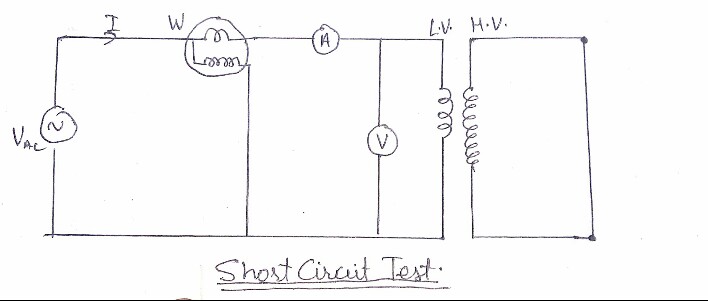
How Does Transformer works with Transformer losses
The transformer has no moving parts so that its efficiency is much higher than that of rotating machines. The various losses in a transformer are enumerate below.
Core- loss These are hysteresis and Eddy current loss resulting from alternation of magnetic flux in the core.
Copper loss This loss occur in the winding resistance when the Transformer crisis the load current; varies as the square of loading Express as a ratio of full load.
Load loss It is largely result from leakage field in using Eddy Currents in the tank wall and conductors.
Dielectric loss The sheet of this loss is in insulating material particularly in oil and solid insulation.
That was detailed explanation on How Does Transformer works
If you think any point were left out let me know in comments if it’s valid i will consider!
